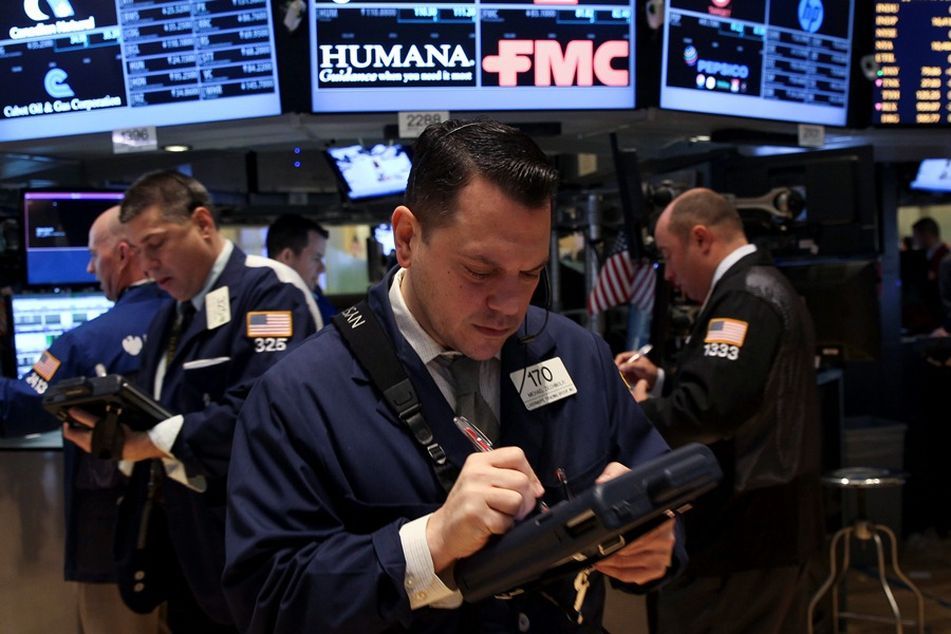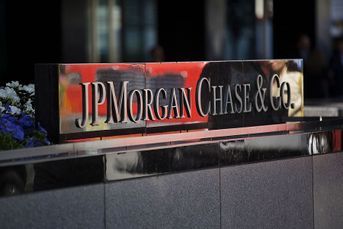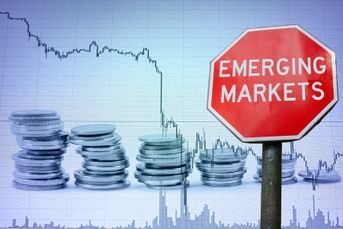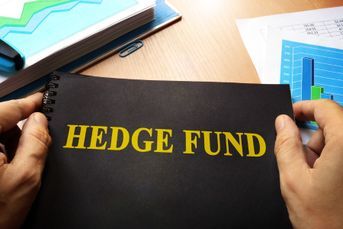Schwab, Fidelity, other brokers releasing more information on stock trades but critics say it doesn’t help much

Data firms release only covers market orders, not limit orders, and as such there's not much room for price improvement anyway.
Does your retail brokerage do a good job completing trades in the U.S. stock market? Anyone wondering now has a bit more information to ponder, but some experts think it’s still far from enough.
Charles Schwab Corp., Fidelity Investments and Scottrade Inc. now reveal what they save customers per order in an easy-to-understand format — in other words, how much prices on the orders they handled were better than what was otherwise available. In the first quarter, average savings ranged from 5 cents per trade for the smallest orders up to $27.45 for the biggest.
The three brokers also improved prices for clients trading S&P 500 index constituents between 66.7% and 96.4% of the time, depending on the broker and the size of the order.
(More: Custodians’ payments to RIAs for fund picks raise eyebrows)
But the picture remains incomplete. The data only covers market orders, those that execute immediately, not others such as limit orders, which are completed once a stock’s price hits a specified threshold. At Schwab, market orders accounted for 50.3% of trading in New York Stock Exchange companies, and it was 48.6% at Fidelity and 22% at Scottrade. Since those orders execute so rapidly, there’s not much time for a broker or the trading firm where it outsources transactions to get considerably better prices than competitors.
“You’re in the dark on limit orders for sure,” said John Standerfer, chief technology officer of S3, which studies how well trades are executed. “The numbers I’ve seen coming out from the brokers all look very similar. It would be difficult as an investor to make any large conclusions about one broker having substantially different execution quality than another.”
REAPING BENEFITS?
The data initiative is led by the Financial Information Forum — a group made up of almost 100 brokers, data vendors and exchanges, including Bloomberg LP, the parent of this news organization — as part of an effort to show that individual investors are reaping benefits from electronic trading.
Critics have claimed that in today’s stock market, Wall Street insiders take advantage of retail investors, jumping ahead of their orders or executing orders at less than optimal prices — fears that reached new heights with the publication of Michael Lewis’s “Flash Boys” in March 2014. The FIF formed a working group to study execution quality statistics about two months after the release of Lewis’s book.
Defenders of the status quo say the new data, first released June 19, support their argument that retail trading has never been better for investors.
“We have a really good story to tell and we wanted to find a better way to tell that story,” Matt Billings, senior vice president of trading services at Scottrade, said in an interview.
Robert Jennings, a finance professor at Indiana University and co-author of a paper examining rebates paid by market centers for limit orders, said the new data was “a preliminary first step” in improving transparency for investors, but added, “I don’t think you’re going to learn very much if the statistics are simply market order execution quality.”
REPORTS VOLUNTARY
The FIF reports are voluntary. However, Securities and Exchange Commission rules compel brokers and the wholesalers that execute orders for them to publish some information. Critics want an overhaul of those regulations because the information is in two separate filings that don’t work well in tandem.
The first, known as Rule 605, forces market makers like Citadel Securities and KCG Holdings Inc. to release monthly reports on execution quality. Under Rule 606, retail brokers like E*Trade Financial Corp. and Fidelity must post quarterly breakdowns showing where they sent customer orders and how much market centers paid to fill those orders, a system known as payment for order flow.
Citadel, KCG, Two Sigma Securities and UBS Securities were the four wholesalers to release data as part of the FIF initiative.
The data that brokers provided to FIF resemble a market maker’s Rule 605 filing, but swaps out industry jargon for simpler statistics, said FIF program manager Darren Wasney.
(More: Finra arbitration panel hits Robert W. Baird & Co. with $17.8 million penalty)
“You would need to pipe 605 data into something else to produce a report that makes sense to an investor,” he said. “This is doing the work for you so you’re able to see these stats in a more digestible and an easier-to-understand way.”
For limit orders, though, investors still have to use the same roundabout system as before to approximate execution quality.
“If I’m a conscientious consumer and I want to try to pick a broker for a limit order execution, I have to go look at where the broker routes limit orders,” Mr. Jennings said. “Then I have to go look at the exchange and its 605 data and say, ‘OK, well, that exchange, on average, provides this execution quality.’ But I still don’t know whether that’s typical of what my broker is getting or not because I’ve only got the overall exchange number.”
Mr. Wasney said he hopes more FIF members will join the effort. Among those that didn’t contribute to the initial release were E*Trade and TD Ameritrade Holding Corp.
TD Ameritrade posted a snapshot of its execution quality statistics on its website in April, a spokeswoman said. E*Trade provides similar data online and includes marketable limit orders in its numbers.
“More transparency is good,” said Dave Lauer, co-founder and chief technology officer of Kor Group, a firm that compiles its own data on broker performance. “But a lot of this is average numbers, and I often feel that averages don’t tell the full story.”
Learn more about reprints and licensing for this article.








